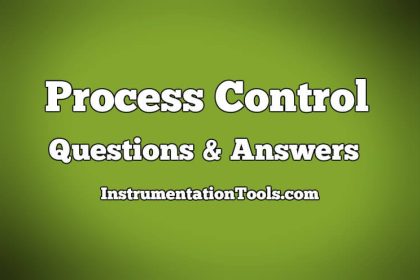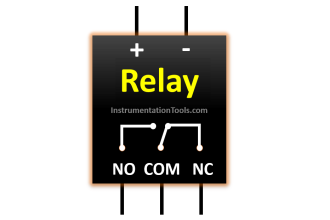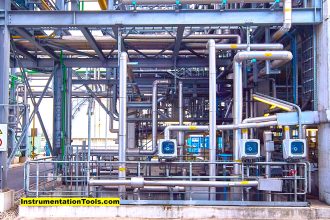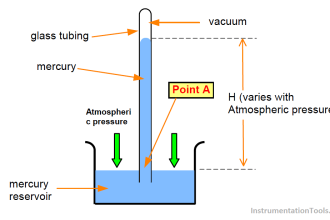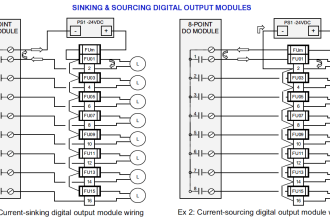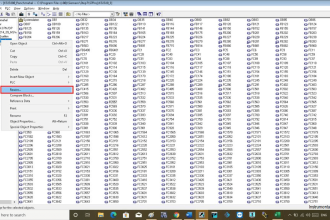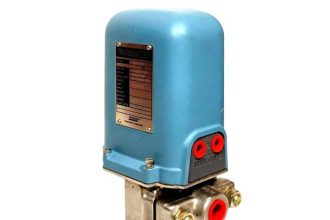Ammonia and Fluoride Electrode Questions & Answers
1. In Ammonia electrode, diffusion of dissolved ammonia occurs through the membrane until which of the following conditions occur?
a) Concentration becomes equal on both sides
b) Activity becomes equal on both sides
c) Partial pressure becomes equal on both sides
d) Differential pressure is low
Answer: c
Explanation: In Ammonia electrode, diffusion of dissolved ammonia occurs through the membrane until partial pressure becomes equal on both sides. Partial pressure is proportional to its concentration.
2. When electrode potential response is plotted as a function of ammonia concentration on a semi-log graph, the graph obtained will be ____________
a) A straight line
b) Parabolic
c) Sigmoidal
d) A curve
Answer: a
Explanation: When electrode potential response is plotted as a function of ammonia concentration, the graph obtained will be a straight line. The slope will be about 58mV per decade.
3. How can samples above 1M in ammonia concentration be measured using ammonia electrode?
a) It must be diluted and measured
b) It cannot be measured
c) The electrode has to be modified for measuring
d) It can be measured directly
Answer: a
Explanation: Samples above 1M in ammonia concentration be measured by diluting the solution. Samples having concentrations below that can be measured directly.
4. The dilution of solution must not reduce the level of ammonia below _________
a) 10-2 M
a) 10-5 M
a) 10-8 M
a) 10-9 M
Answer: a
Explanation: The dilution of solution must not reduce the level of ammonia below 10-5 M. The total level of dissolved species must be below 1M.
5. Which of the following factors does not the reproducibility of the ammonia electrode?
a) Temperature
b) Drift
c) Noise
d) Dilution
Answer: d
Explanation: Dilution does not affect reproducibility. The other three factors affect the reproducibility.
6. The performance of ammonia electrode is not affected by sample colour and turbidity.
a) True
b) False
Answer: a
Explanation: The performance of ammonia electrode is not affected by sample colour and turbidity. Temperature affects its output.
7. In fluoride ion electrode, the potential corresponding to level of the fluoride ion is described by which of the following equations when E is the measured electrode potential, Eo is the reference potential and A is the level of fluoride ions in solution?
a) E=Eo+0.0591 log A
b) E=Eo-0.0591 log A
c) E=Eo+0.0896 log A
d) E=Eo-0.0896 log A
Answer: b
Explanation: In fluoride ion electrode, the potential corresponding to level of the fluoride ion is described by the equation, E=Eo-0.0591 log A. A is the activity or effective concentration of fluoride ions.
8. What does TISAB which is used to overcome interferences stand for?
a) Total Isolation Strength Absolute Buffer
b) Total Ionic Strength Absolute Buffer
c) Total Ionic Strength Adjustment Buffer
d) Total Isolation Strength Adjustment Buffer
Answer: c
Explanation: TISAB stands for ‘Total Ionic Strength Adjustment Buffer’. It is added in excessand in exactly the same amount to each of the solution that is to be measured.
9. Which of the following causes main interference in Fluoride electrode?
a) H+ ions
b) OH– ions
c) Li+ ions
d) Cl– ions
Answer: b
Explanation: The main interference in fluoride ions is caused by OH– ions. It has excellent selectivity.
10. Crystal membrane of ion selective electrode can be regenerated by washing with which of the following?
a) Alcohol
b) Iodine solution
c) Acidic solution
d) Basic solution
Answer: a
Explanation: Crystal membrane of ion selective electrode can be regenerated by washing with alcohol. It can be gently polished with emery paper to remove deposits.
11. For fluoride electrode, the electrode response curve will not only shift but will change slope with changes in temperature.
a) True
b) False
Answer: a
Explanation: For fluoride electrode, the electrode response curve will not only shift but will change slope with changes in temperature. A 1o change in temperature causes a 2% error.

